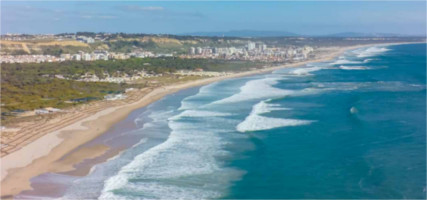Speaker
Priyashree Roy
(on behalf of the CLAS collaboration)
Description
One of the primary approaches for understanding quark-gluon structure
in baryons is to interpret the baryon spectrum in terms of the effective
degrees of freedom. A significant amount of information about the
light baryon spectrum comes from photoproduction experiments. Of particular
interest are recent results on the photoproduction of vector mesons ($\omega$, $\rho$ and $\phi$) and two-pion final states. It is anticipated
that the resonances above 1.7 GeV c.m. energies, which have been predicted
by the constituent quark model as well as Lattice QCD calculations
but not yet confirmed experimentally, may predominantly couple to
these final states. Therefore, it is essential to study these decay
modes of excited baryons for discovering new resonances and understanding
many known resonances that have been seen only in a few other decay
modes. Recently published results on $\omega$ photoproduction off
a proton from various collaborations and their interpretation will
be presented. In addition, preliminary results on polarization observables
for the same reaction using a transversely-polarized FROzen Spin butanol
Target (FROST) at CLAS will be reported. The high-quality results
are expected to provide further constraints to identify the $N^{*}$
resonances that decay to $p\omega$ with minimal ambiguities. Furthermore,
published results on $\pi^{0}\pi^{0}$ photoproduction from CBELSA/TAPS
and preliminary results from the complimentary $\pi^{+}\pi^{-}$ photoproduction
from the FROST experiment using a transversely-polarized target will
be discussed. These results will give important information on the
intermediate resonances that are involved in sequential decays to
multipion-final states as well as on the decay modes of the resonances
to $\rho$ vector mesons. Many observables presented here are first-time
measurements and will significantly augment the world database in
these final states.
Primary author
Priyashree Roy
(on behalf of the CLAS collaboration)




